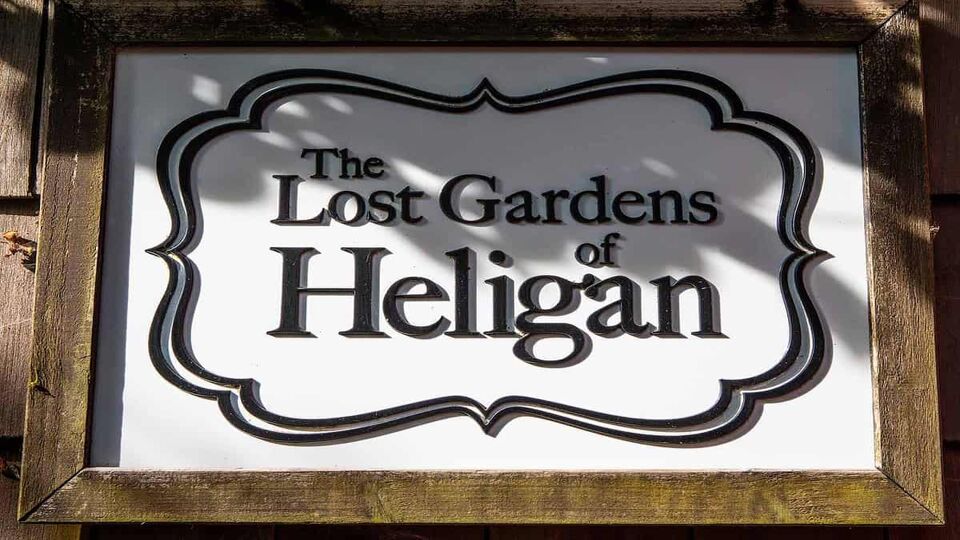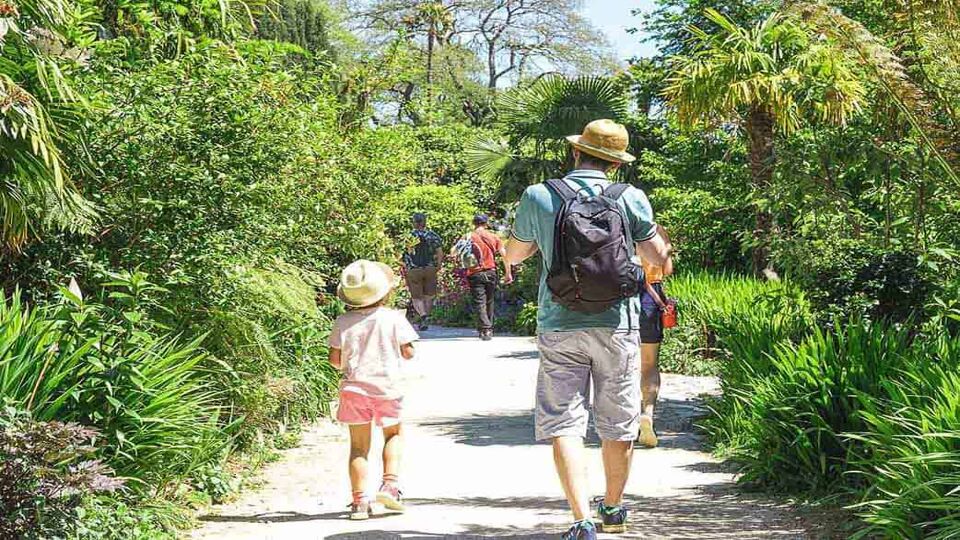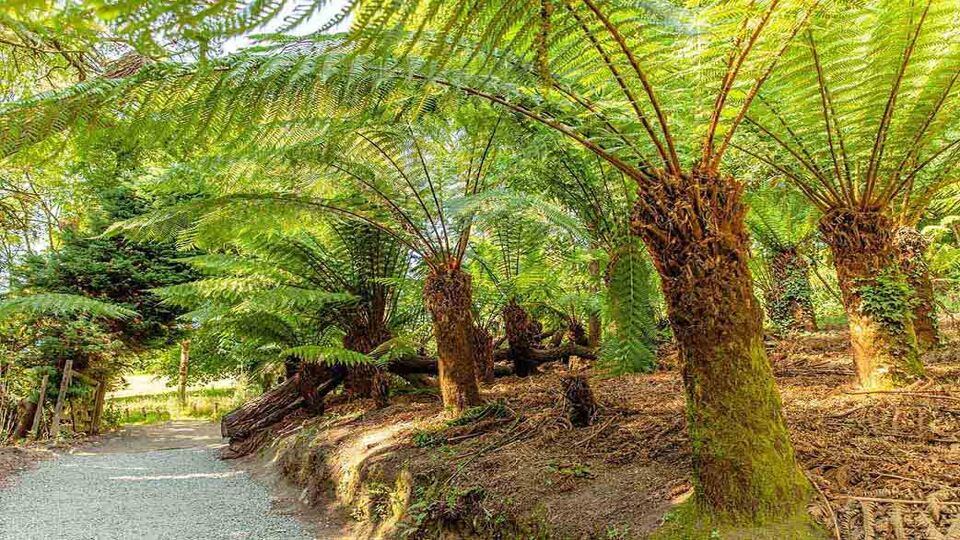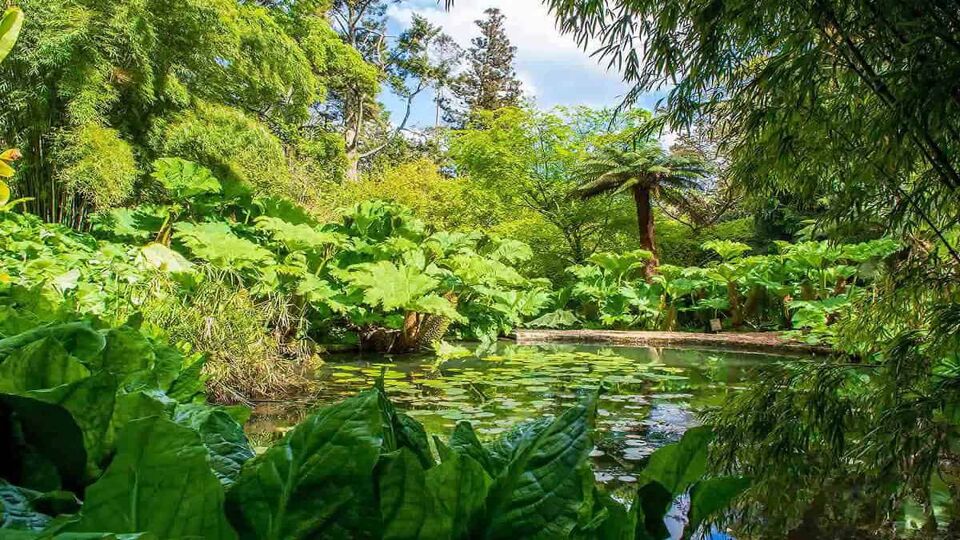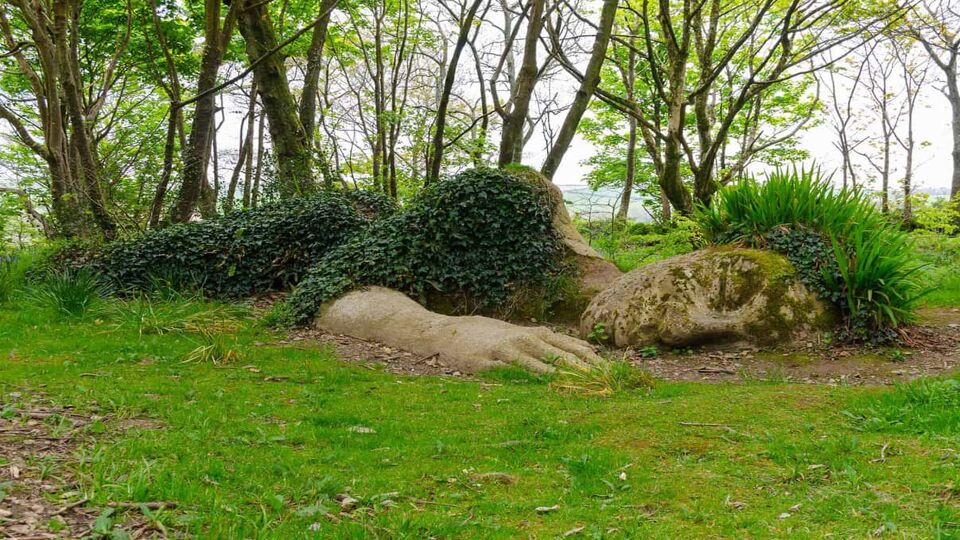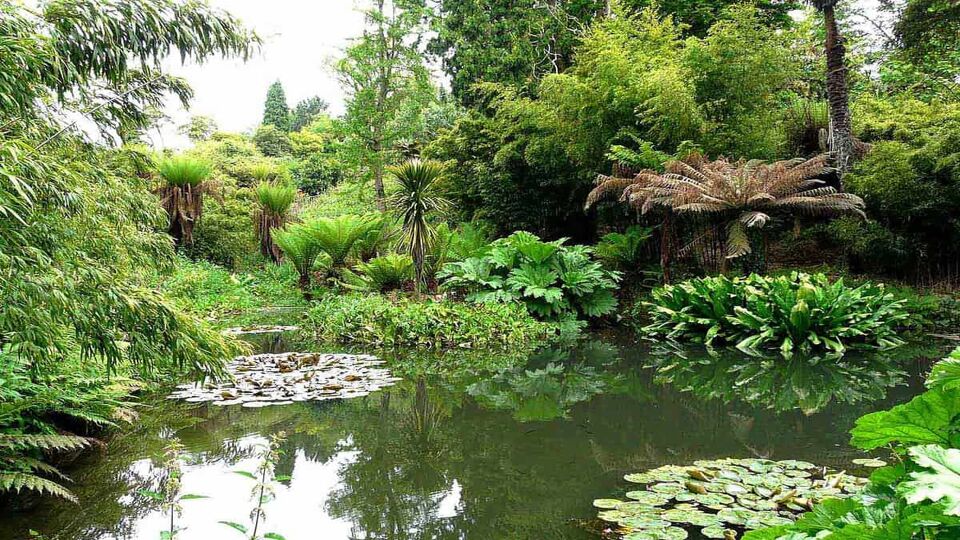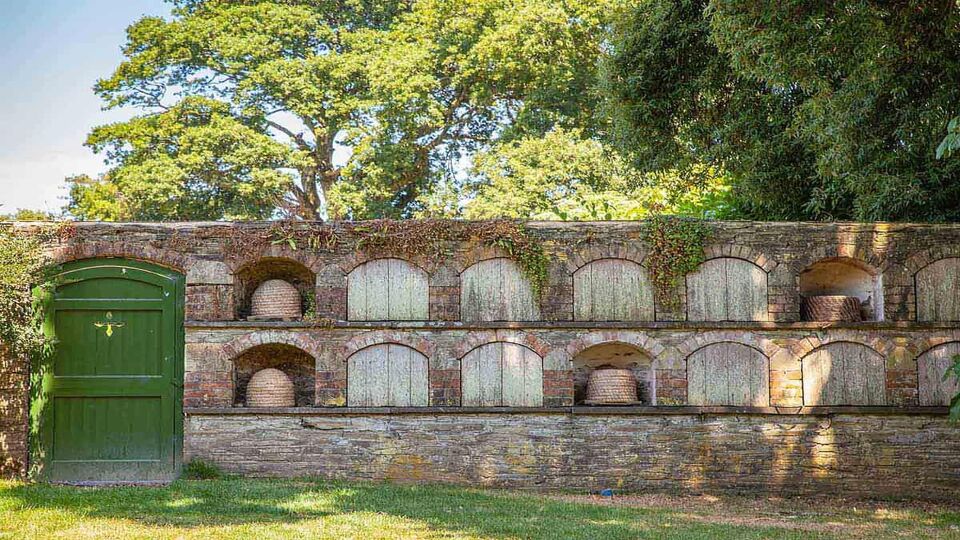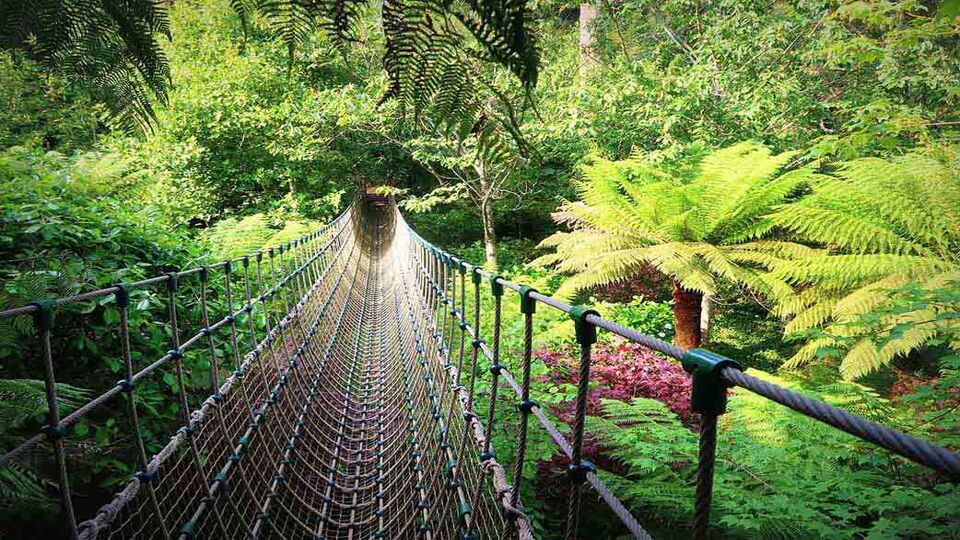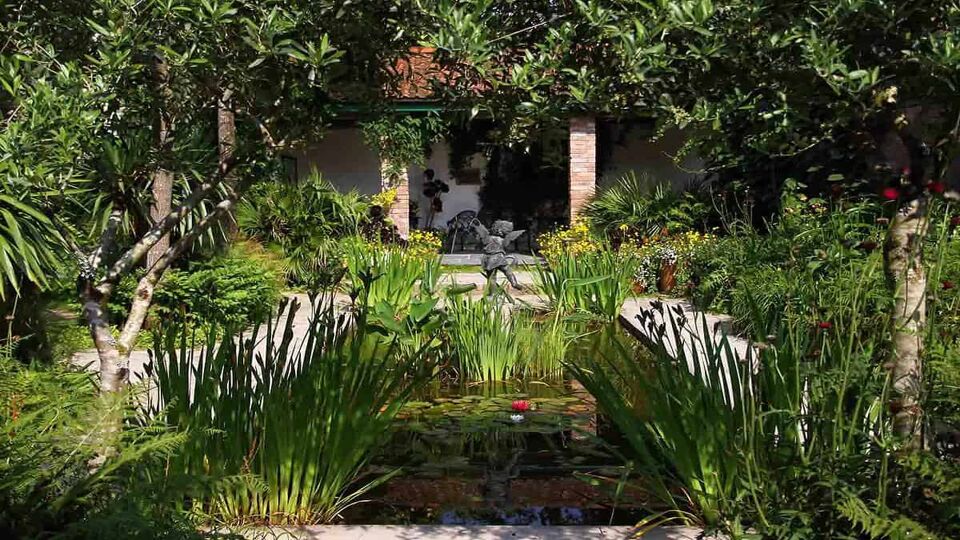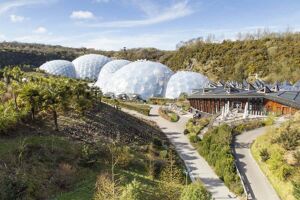
Travel bucket list idea:
The Lost Gardens of Heligan
St Austell, Cornwall, United Kingdom (UK)
Original created by the Tremayne family in the mid-19th century, these once glorious gardens fell into neglect during the First World War. 70 years later, in 1990, they were ‘rediscovered’ and intelligently restored to their original state.
This ‘garden’ now sustainably manages a patchwork of traditional Cornish habitats – including ancient woodland, hay meadows, grazed pasture, and wetlands – to preserve Cornish wildlife and maximise its biodiversity.
Employing the traditional techniques of cultivation, they offer a unique and fascinating insight into traditional gardening and Victorian life on the Heligan Estate. Highlights include a sub-tropical jungle of exotic specimens and unrivalled collections of camellias and rhododendrons.
Don’t miss
Take the boardwalk through the subtropical garden called ‘The Jungle’ – planted in a valley to create a special warm microclimate. It features giant rhubarb, banana plantations, avenues of palms, and tunnels of giant bamboo. Specimens were brought here by Victorian plant collectors.
The Vegetable Garden, walled Flower Garden, and Melon Yard once supplied the Tremnayne family and the estate with all their necessary produce. Over 200 varieties of fruit, vegetable, salad and herb are cultivated using traditional growing methods.
The gardens are famous for their collection of over 70 veteran camellias, and 350 ancient rhododendrons, some planted back in 1850. Ask on admission for a laminated map with plant lists to identify them.
Especially for the under 12s
There’s plenty to amuse younger kids here, including a Burmese rope bridge, a playground, and farm animals.

Logistics
Getting there & doing it
There is free car parking, or head to St Austell train station; it’s a short walk from there. Check the website for seasonal events.
When to do it
It’s open all year round, seven days a week.

